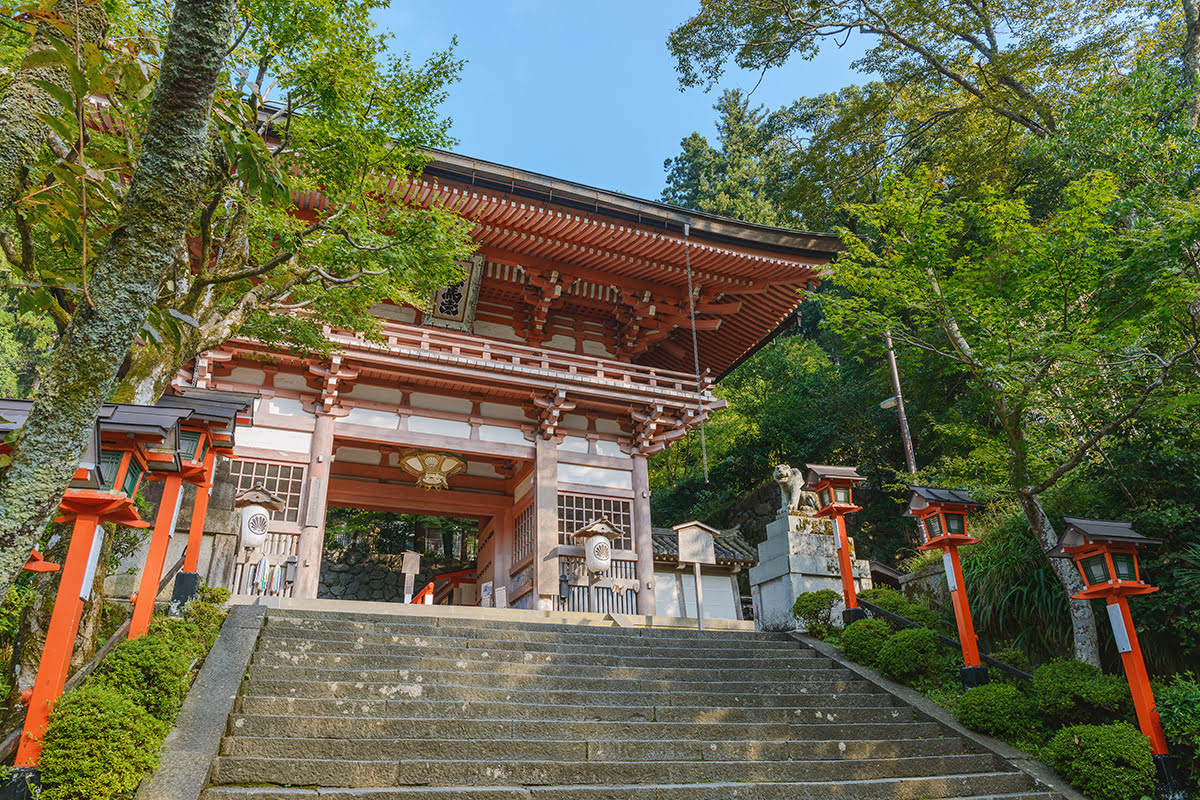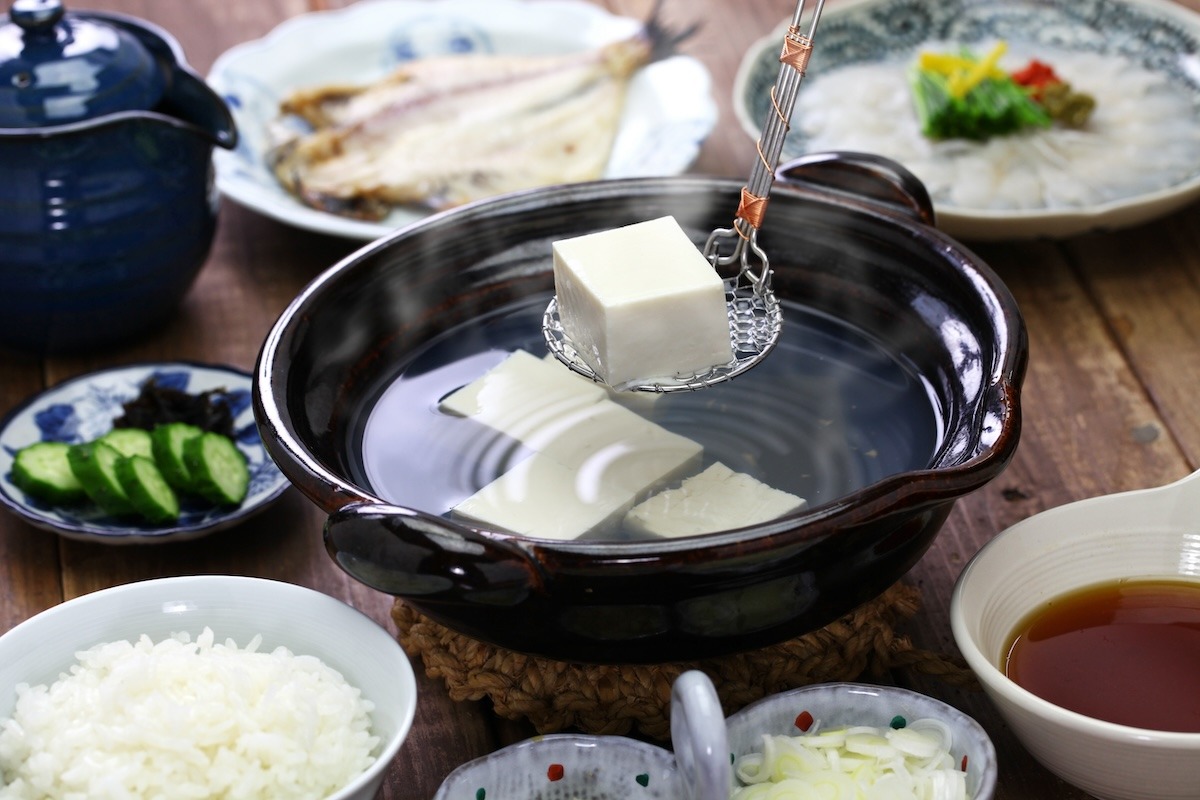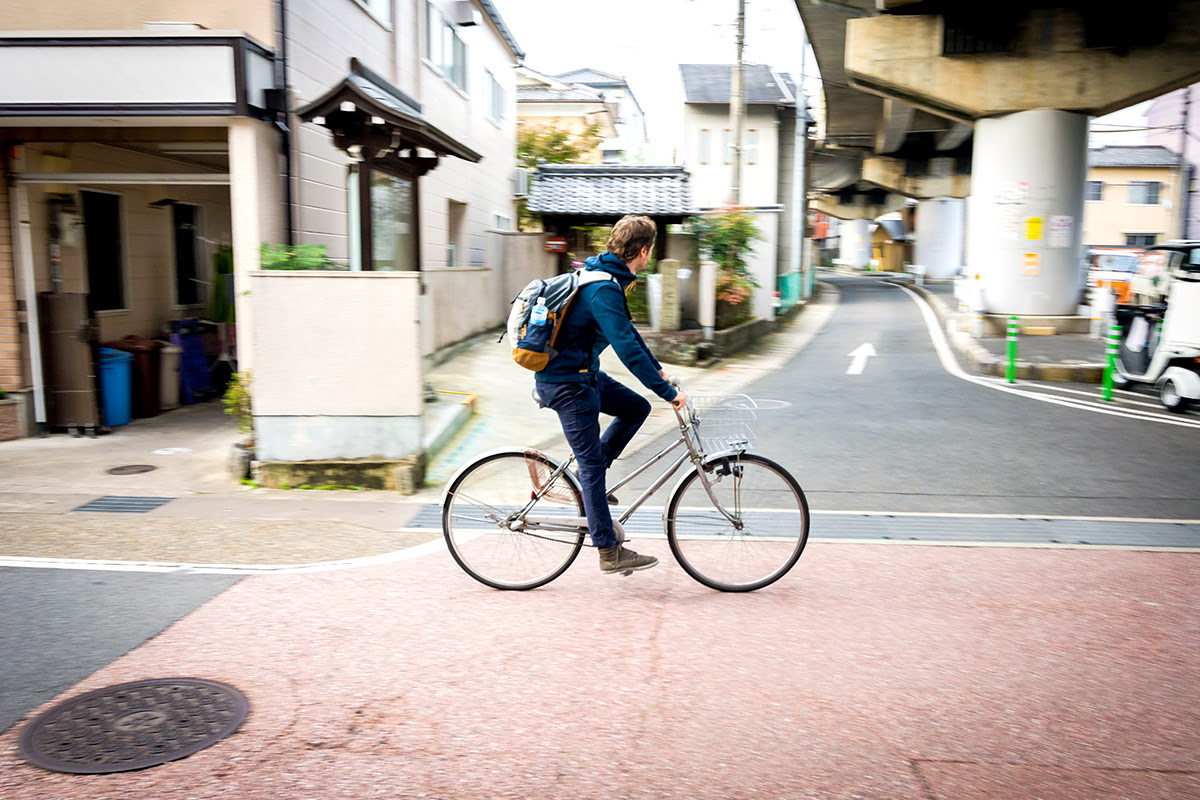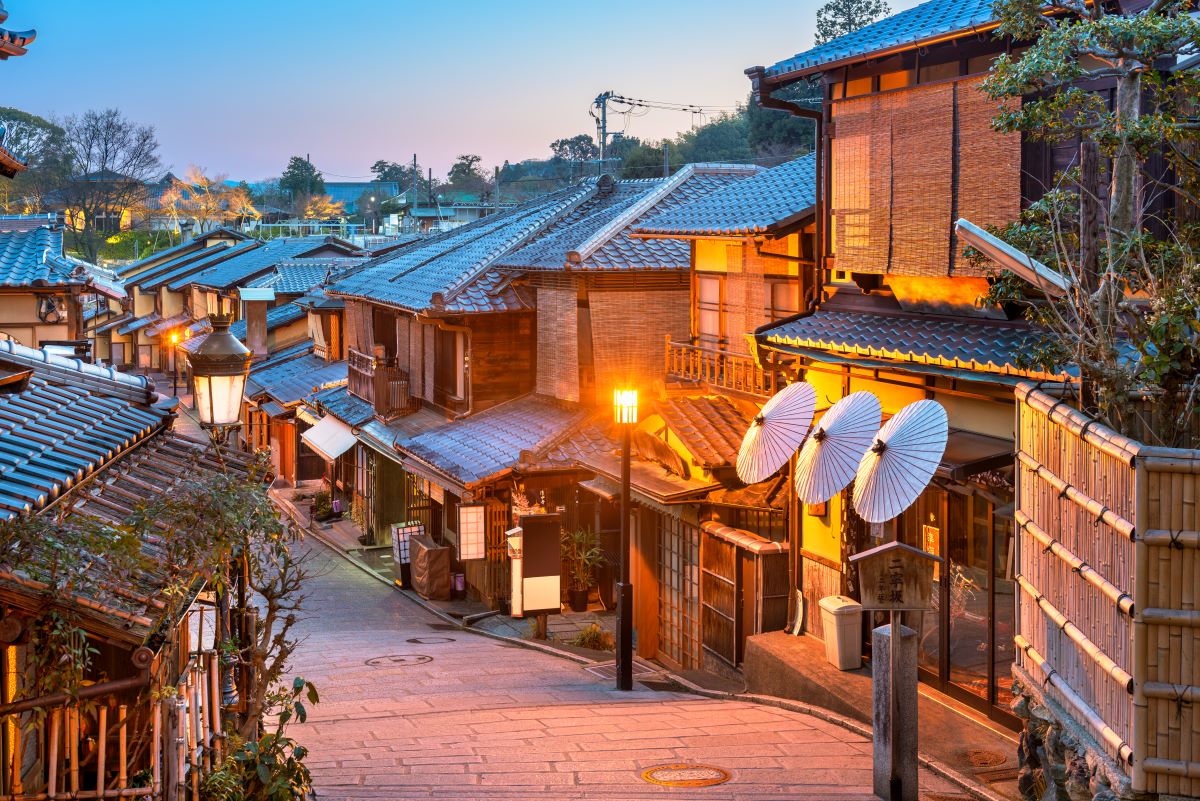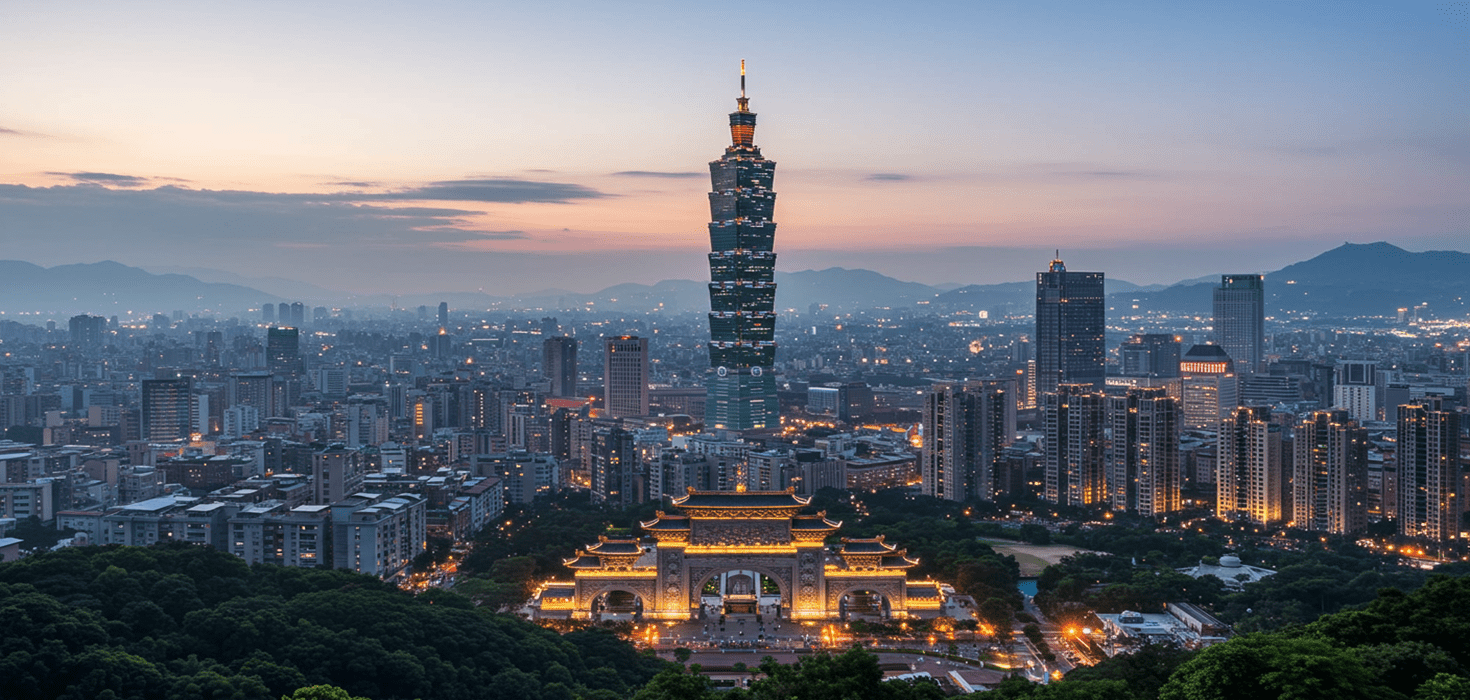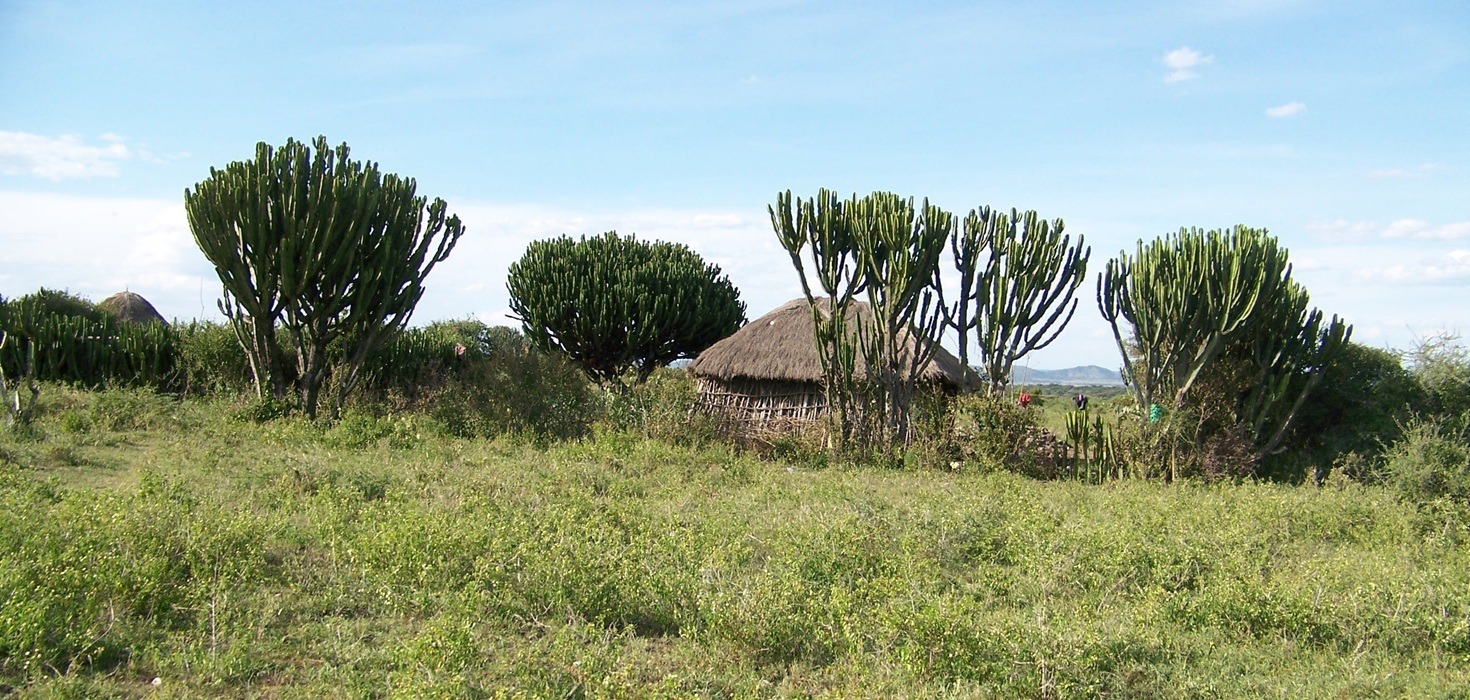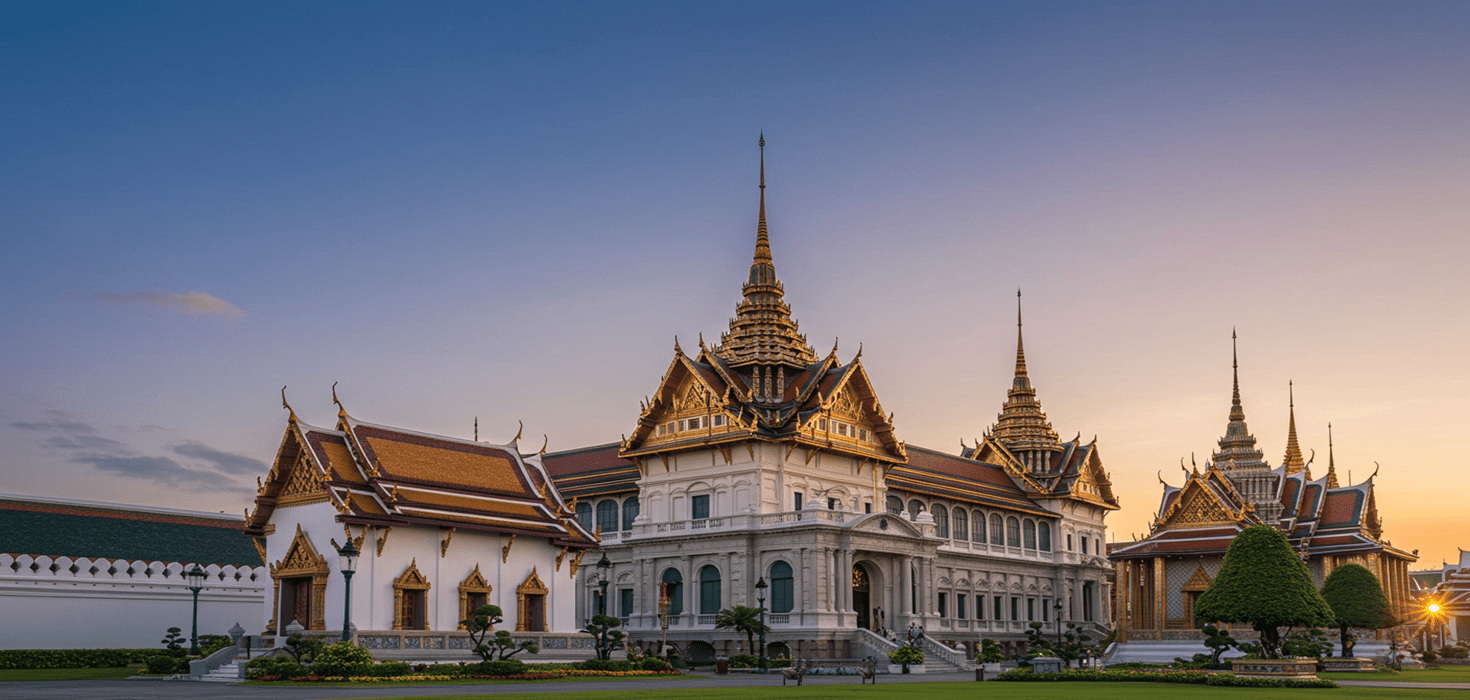Kyoto, the former imperial capital of Japan, is known for its stunning temples, historic sites, and traditional tea houses. However, beyond the popular tourist spots lies a treasure trove of hidden gems waiting to be discovered. Whether you’re a first-time visitor or a seasoned traveler, this guide will take you on an unforgettable journey through Kyoto’s lesser-known attractions.
Day-by-Day Itinerary: Discovering Hidden Gems in Kyoto
Day 1: Arashiyama and Beyond
Start your journey in the Arashiyama district, famous for its bamboo groves and scenic beauty. While Arashiyama is a popular tourist spot, there are hidden gems like the Okochi-Sanso Villa, a secluded garden and villa with stunning views of the surrounding area. Another off-the-beaten-path location is the Gio-ji Temple, known for its beautiful moss garden.
In the evening, explore the Saga-Toriimoto Preserved Street, a historic street lined with traditional houses, where you can enjoy a stroll without the usual crowds.
Day 2: Hidden Temples and Shrines
Kyoto is home to countless temples and shrines, but some are less visited yet equally captivating. Visit the Shinnyodo Temple, a quiet temple with beautiful autumn foliage and a peaceful atmosphere. Another hidden gem is the Sekizan Zen-in Temple, located in the northeastern part of Kyoto, offering a serene escape from the city.
Don’t miss the Imamiya Shrine, a lesser-known but charming shrine with beautiful gardens and traditional architecture.
Day 3: Exploring Kyoto’s Nature
Kyoto’s natural beauty is often overshadowed by its cultural heritage. Spend a day exploring some of the city’s hidden natural spots, such as the Kurama and Kibune areas, which offer scenic hiking trails and tranquil landscapes. The Kurama-dera Temple is located in the mountains north of Kyoto and provides breathtaking views and a sense of serenity.
Another hidden natural gem is the Shosei-en Garden, a secluded garden located near Higashi Hongan-ji Temple. It’s a perfect spot to relax and enjoy the beauty of Kyoto’s flora.
Day 4: Cultural Immersion and Local Experiences
Immerse yourself in Kyoto’s rich culture by exploring local markets and traditional crafts. Visit the Nishiki Market, known as “Kyoto’s kitchen,” where you can find a variety of local foods and unique souvenirs. Be sure to check out some of the hidden eateries within the market for a truly authentic experience.
For a unique cultural experience, participate in a tea ceremony at a less-known tea house, such as the Ju-An Tea House, located in a quiet part of the city. Here, you can learn about the traditional art of tea-making in a serene setting.
Day 5: Unique Historical and Folklore Sites
Discover the rich history and folklore of Kyoto by visiting some less-known historical sites. Start with the Honnoji Temple, less crowded compared to other historical sites but with significant historical importance. Then, explore the Shirakawa Minami-dori, a beautiful and quiet street filled with traditional wooden buildings, providing a perfect setting for a leisurely stroll.
In the evening, explore the local folklore by visiting the Maruyama Park, which hosts seasonal festivals and events that reveal the local culture and traditions. If visiting in the spring, you might catch the mesmerising cherry blossom festival.
Culinary Deep Dive
Kyoto’s culinary scene is as rich as its cultural heritage. Beyond the famous kaiseki dining, there are hidden eateries offering unique and delicious dishes. Visit the local yakitori joints tucked away in narrow alleys for grilled skewers, or try the yudofu (tofu hotpot) at lesser-known restaurants like Okutan near Nanzenji Temple.
Don’t miss out on the hidden gems in Nishiki Market, where you can find everything from fresh seafood to traditional sweets. For a unique dining experience, visit a machiya (traditional wooden townhouse) that has been converted into a restaurant, offering a cozy and intimate setting.
Practical Information for Travelers
When traveling to Kyoto, it’s essential to plan your transportation. The city has an extensive public transit system, including buses and trains. For accessing hidden gems, consider renting a bicycle or using local taxi services for convenience.
The best time to visit Kyoto is during spring and autumn when the weather is mild, and the natural scenery is at its most beautiful. Ensure you check local customs and etiquette, such as removing shoes before entering temples and keeping noise levels down in quiet areas.
Accommodation Reviews
Kyoto offers a wide range of accommodation options to suit different budgets and preferences. For a luxurious stay, consider hotels with traditional architecture and top-notch amenities. For a more budget-friendly option, there are numerous guest houses and ryokan (traditional Japanese inns) that provide a unique and cozy experience.
If you prefer staying in a more secluded and tranquil area, look for accommodations near the Kurama or Arashiyama regions, where you can enjoy nature and relaxation without the city’s busyness.
Exploring Kyoto’s hidden gems offers a unique perspective on the city’s rich history and vibrant culture. By venturing off the beaten path, you’ll uncover lesser-known temples, serene gardens, and local culinary delights that provide an authentic Kyoto experience. Take your time to wander, explore, and embrace the charm of these secret spots, ensuring your journey through Kyoto is truly unforgettable. Happy travels!


